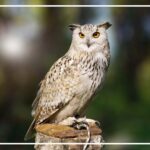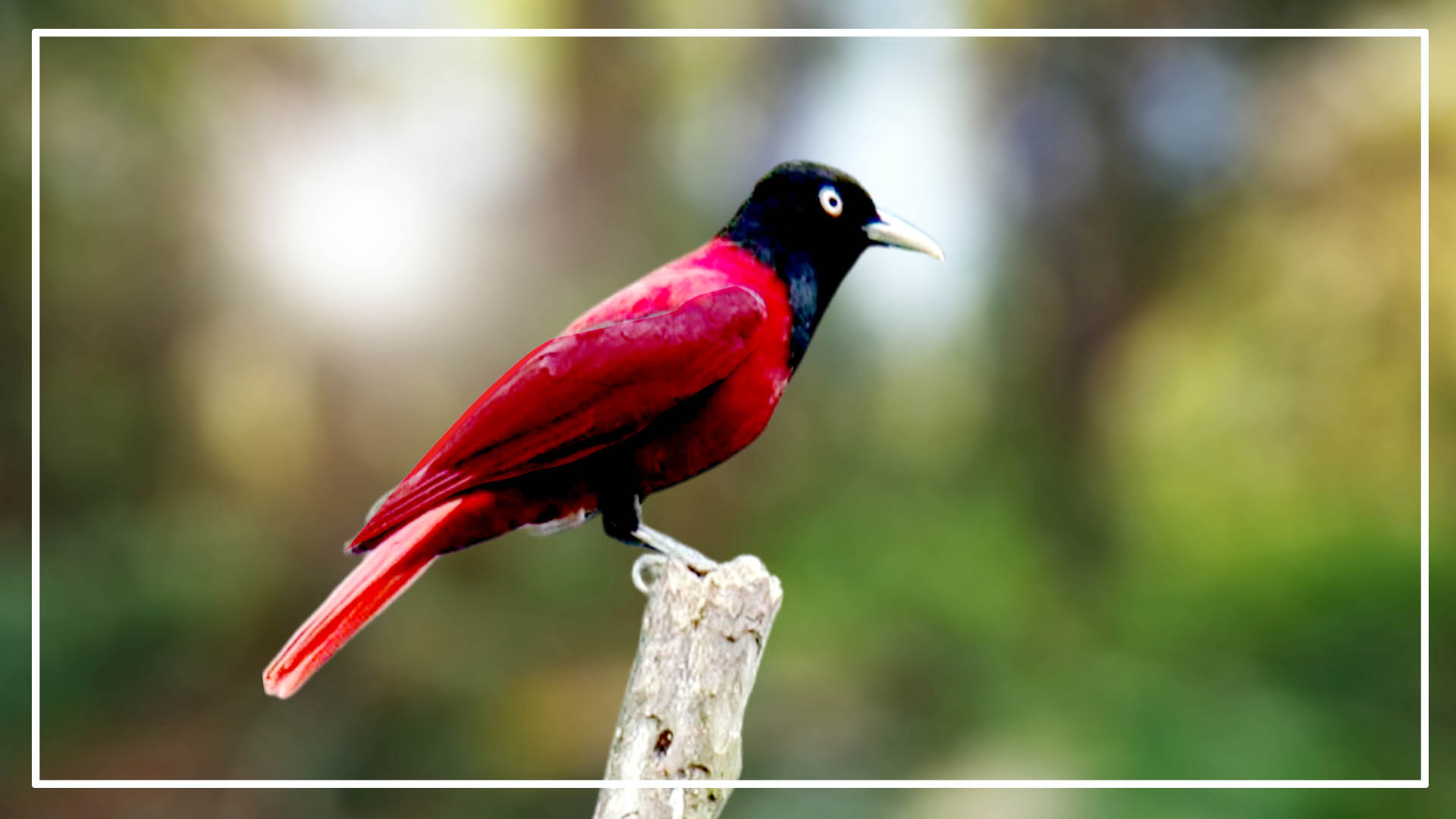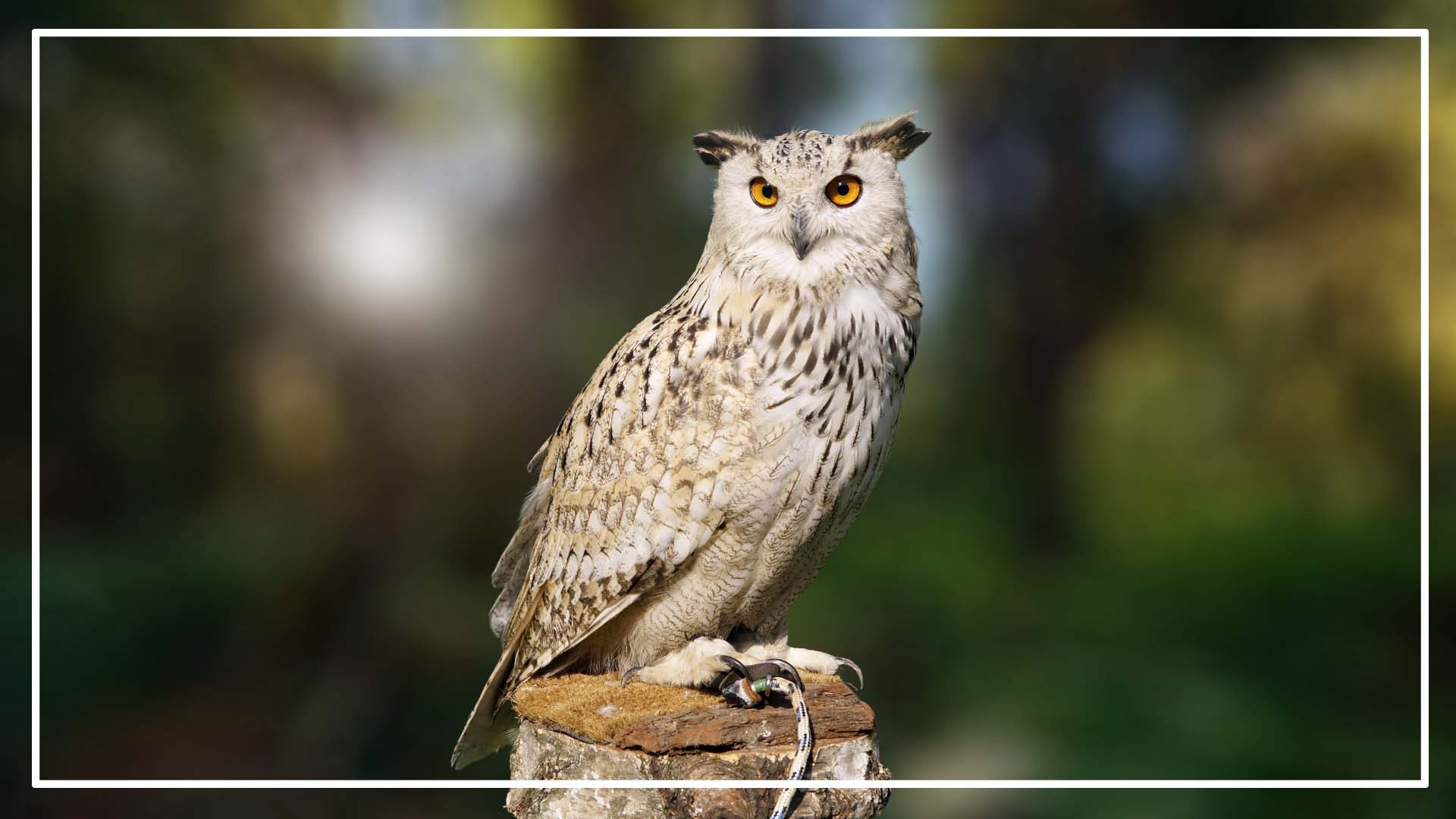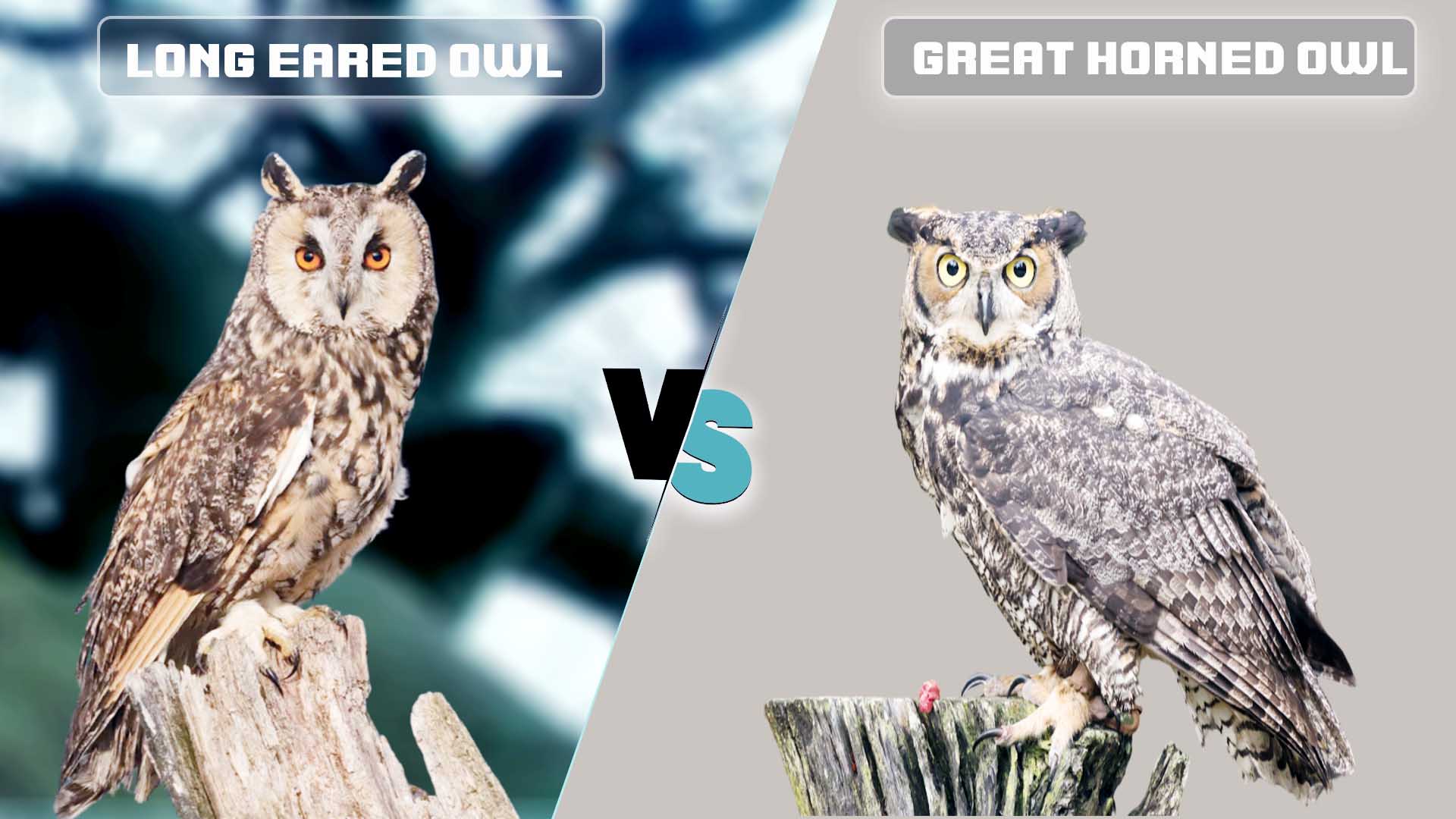Brown birds with white stripes on their wings and tails exhibit a captivating combination of colors that catches the eye of birdwatchers and nature enthusiasts. These avian species showcase a unique blend of earthy tones and contrasting patterns, making them both visually striking and intriguing to observe.
Each species possesses its own distinct characteristics, including plumage coloration, physical attributes, habitats, and behaviors. In this article, we will delve into the world of these six remarkable birds, exploring their appearance, habitats, behaviors, and dietary preferences.
Brown Birds with White Stripes on Wings and Tail
There are six brown birds with white stripes on wings and tails such as Lesser Nighthawk, Common Nighthawk, White-winged Dove, Loggerhead Shrike, Killdeer, and Willet. We discuss their color pattern, Physical Description, Diet, Habitat, and Behavior. They are not the same species but everyone has white stripes on their wings and tails.
Lesser Nighthawk

The Lesser Nighthawk is a brown bird with white stripes on its wings and tail and it’s found the United States. With a wingspan of about 18 inches, it has cryptic brown plumage and conspicuous white patches on its wings. This aerial insectivore is most active during dawn and dusk, using its agile flight to catch flying insects. Lesser Nighthawks nest on the ground and are known for their distinctive booming calls.
Color and Physical Description: The Lesser Nighthawk has a cryptic brown plumage that provides excellent camouflage. It has a slender body, measuring about 9 to 10 inches in length, with long, pointed wings. Its wings display distinct white patches near the tips, visible during flight.
Habitat and Behavior: Lesser Nighthawks inhabit arid and semi-arid regions, including deserts, grasslands, and scrublands of the southwestern United States and parts of Mexico. They are primarily nocturnal and crepuscular, meaning they are most active during dawn and dusk. During the day, they rest on the ground, blending in with their surroundings. These birds are exceptional aerial insectivores, using their agile flight to catch flying insects, such as moths, beetles, and flying ants.
Diet: Lesser Nighthawks feed exclusively on flying insects. They are skilled aerial hunters, maneuvering swiftly to snatch their prey from the air. Their diet primarily consists of beetles, moths, flies, and other small insects.
Common Nighthawk

The Common Nighthawk is a medium-sized brown bird with white stripes on the wings and tail. The bird resides throughout North and Central America. It has a similar appearance to its lesser counterpart, sporting mottled brown plumage with bold white wing patches.
These birds are predominantly crepuscular, being most active during twilight hours. Common Nighthawks exhibit an interesting feeding behavior called “hawking,” where they catch insects in flight using their wide mouths.
Color and Physical Description: The Common Nighthawk shares a similar appearance with the Lesser Nighthawk. It has a mottled brown plumage that provides effective camouflage against tree bark and rocks. Its wings exhibit bold white patches near the tips, visible during flight. The bird measures approximately 8 to 10 inches in length, with a slender body, long wings, and a short, slightly forked tail.
Habitat and Behavior: Common Nighthawks are found throughout North and Central America. They occupy various habitats, including open woodlands, grasslands, urban areas, and even cities. Like the Lesser Nighthawk, they are crepuscular and nocturnal, being most active during twilight hours. Common Nighthawks are known for their distinctive booming calls, often heard during their courtship displays. They also have a unique feeding behavior called “hawking,” where they fly with their mouths wide open, catching flying insects in mid-air.
Diet: Common Nighthawks are primarily insectivorous, feeding on a wide range of flying insects. They consume insects such as moths, beetles, flies, ants, and mosquitoes. Their aerial feeding strategy allows them to catch insects on the wing efficiently.
White-winged Dove

The White-winged Dove is a large bird found in the southern United States, Mexico, and Central America. With its warm brown coloration, it displays striking white wing patches during flight. Known for its soft, mournful cooing calls, the White-winged Dove is a common sight in suburban areas, where it thrives on a diet of seeds and fruits. These doves form monogamous pairs and build flimsy nests made of twigs.
Color and Physical Description: The White-winged Dove is a large bird, measuring around 11 to 12 inches in length. It has a warm, sandy-brown plumage with a grayish hue on the head and neck. During flight, its wings display prominent white patches that contrast with the overall brown coloration. The tail is long and squared at the end.
Habitat and Behavior: White-winged Doves are commonly found in the southern United States, Mexico, and Central America. They inhabit various environments, including forests, scrublands, urban areas, and gardens.
These doves are generally sedentary but may undertake local movements in response to food availability and breeding conditions. They are often seen perched in trees or on utility wires, emitting soft, mournful cooing calls. White-winged Doves form monogamous pairs and build flimsy nests made of twigs in trees or shrubs.
Diet: White-winged Doves primarily feed on seeds and fruits. They consume a wide variety of plant matter, including seeds from grasses, grains, berries, and small fruits. They may also supplement their diet with insects and small invertebrates. You can also see the Gray Bird With White Stripes On Wings And Tail.
Loggerhead Shrike
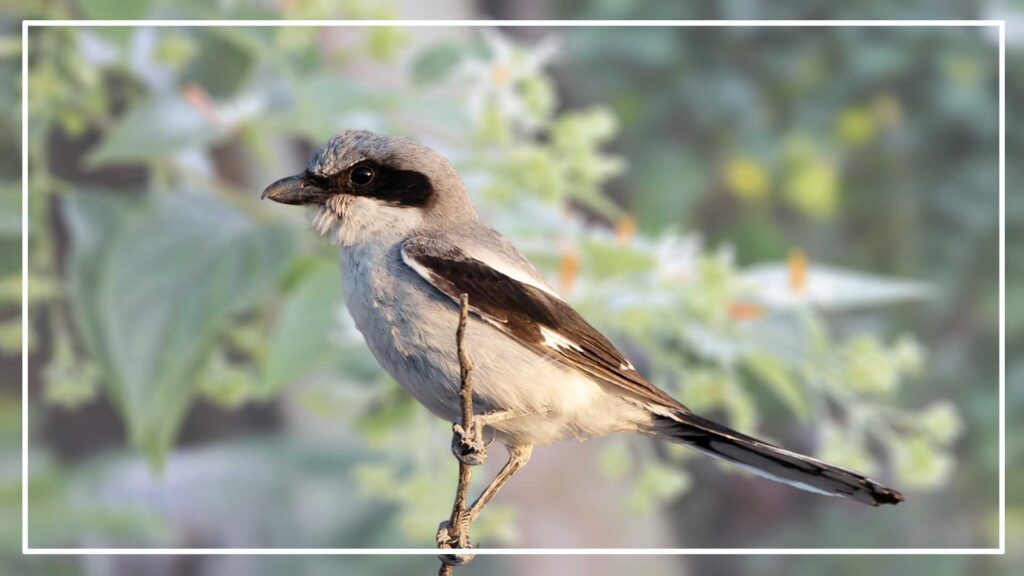
The Loggerhead Shrike is a brown bird with white stripes on the wings and tail. Found in open grasslands and shrublands of North America, it exhibits a grayish-brown plumage with distinctive white wing and tail patches. Loggerhead Shrikes are known as “butcher birds” due to their habit of impaling prey on thorns or barbed wire fences. Despite their small size, they feed on a variety of prey, including insects, small birds, and rodents.
Color and Physical Description: The Loggerhead Shrike displays a distinctive appearance. It has a grayish-brown plumage on the upperparts, with
a white underside. The wings and tail exhibit bold black and white markings. The bird measures around 8 to 10 inches in length, with a robust body, a hooked beak, and relatively short wings.
Habitat and Behavior: Loggerhead Shrikes are commonly found in open grasslands, agricultural areas, and shrublands throughout North America. They are known for their predatory behavior and unique hunting technique.
Loggerhead Shrikes perch on elevated spots, such as tree branches or fence posts, and scan the surroundings for prey. They feed on a variety of small animals, including insects, rodents, lizards, and even small birds. Interestingly, they often impale their prey on thorns, barbed wire, or sharp objects, creating “larders” for future consumption.
Diet: Loggerhead Shrikes are carnivorous, primarily feeding on insects such as grasshoppers, beetles, and small invertebrates. They also hunt small vertebrates like mice, lizards, snakes, and small birds. Their hunting technique and impaling behavior help them secure their prey and store it for later consumption.
Killdeer

The Killdeer is a medium-sized plover species that inhabits open habitats across North and South America. Its brown and white plumage, coupled with bold black bands across its chest, make it easily recognizable. Killdeers are known for their distinctive and loud vocalizations, which gave them their name.
These birds nest on the ground and use a “broken-wing” display to distract predators from their nests. Overall it is a brown bird with white stripes on wings and tail.
Color and Physical Description: The Killdeer has a distinctive appearance with a combination of brown, white, and black markings. It features a brownish back and crown, a white underside, and two bold black bands across its chest. The wings are primarily brown, but they display white patches during flight. The bird measures approximately 8 to 11 inches in length, with a slim body, long legs, and a relatively long tail.
Habitat and Behavior: Killdeer can be found in a variety of habitats, including fields, meadows, shorelines, and open grasslands across North and South America. They are known for their characteristic “broken-wing” display, where they feign injury to distract potential predators from their nests. Killdeer nest on the ground, often in open areas with minimal vegetation. They have a loud and distinctive call, often described as their name, “kill-dee,” repeated multiple times.
Diet: Killdeer are primarily insectivorous, feeding on a wide range of insects, including beetles, grasshoppers, ants, and worms. They forage by walking or running on the ground, probing the soil or vegetation with their bills to locate prey. You can also see the Black Bird With White Stripes On Wings And Tails.
Willet

The Willet is a large brown bird with white stripes on its wings and tail and its found in North and South America. It exhibits a mottled brown plumage with bold white stripes on its wings, which are prominent during flight. Willets are known for their piercing calls and their ability to probe the sand for invertebrates with their long, straight bills. During the breeding season, they perform elaborate aerial displays.
Color and Physical Description: The Willet is a large shorebird with a robust body and a long, straight bill. It displays a mottled brown plumage on the upperparts and a lighter grayish-brown underside. During the flight, its wings reveal bold black and white stripes, while the tail exhibits white patches. The bird measures around 14 to 16 inches in length, with a wingspan of approximately 26 to 30 inches.
Habitat and Behavior: Willets are commonly found along the coasts of North and South America. They inhabit a variety of coastal habitats, including sandy beaches, mudflats, marshes, and estuaries. Willets are known for their piercing calls, which can be heard during their aerial displays. During the breeding season, they perform elaborate flight displays, flying high in the sky and producing melodious calls. They often gather in large flocks during migration.
Diet: Willets have a diverse diet, feeding on a range of prey items depending on the habitat. They primarily consume marine invertebrates, such as crabs, clams, worms, and small crustaceans. They also feed on insects, small fish, and occasionally plant matter, such as seeds and berries.
Conclusion:
These six brown birds with white stripes on their wings and tail—Lesser Nighthawk, Common Nighthawk, White-winged Dove, Loggerhead Shrike, Killdeer, and Willet—offer a glimpse into the diverse avian world. Each species has its unique characteristics, habitats, and behaviors that make them fascinating subjects for birdwatchers and nature enthusiasts. By appreciating their beauty and understanding their ecological roles, we can contribute to their conservation and ensure their presence in our natural landscapes for future generations to enjoy.




